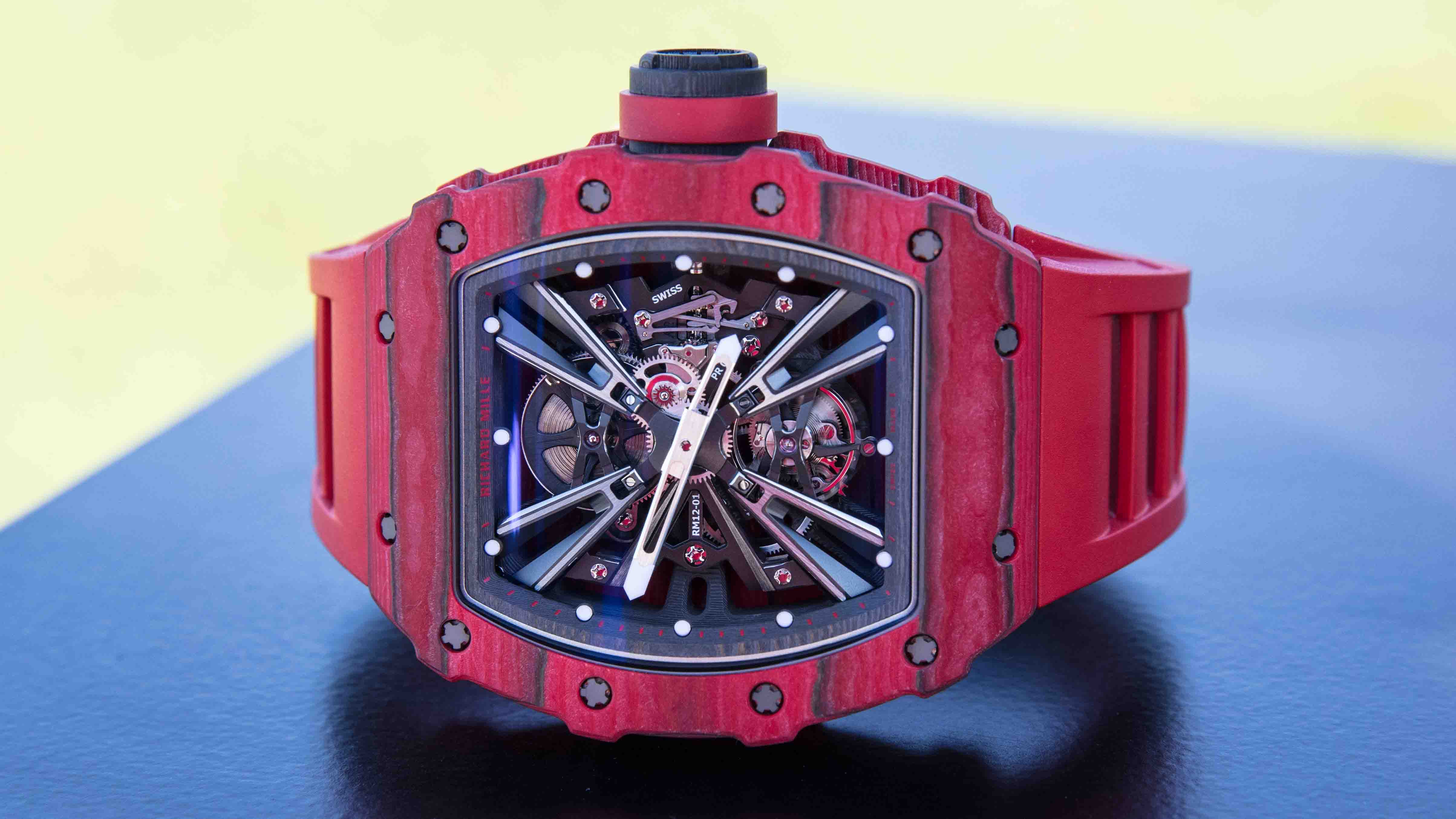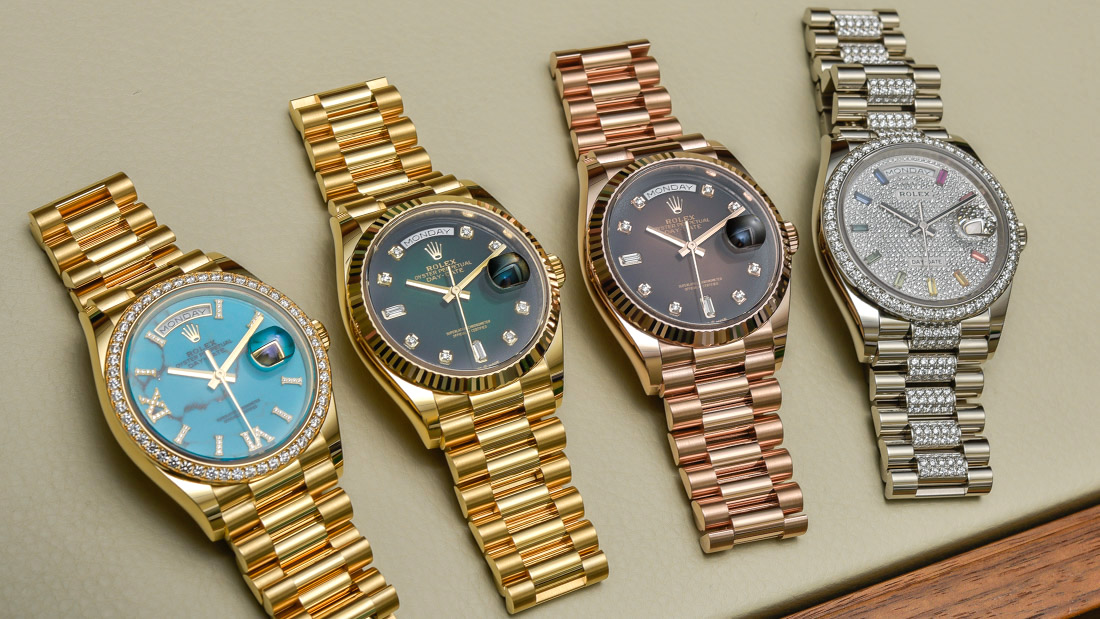
What got me into wristwatch enthusiasm as a hobby was learning how much watches cost. It was more than 20 years ago that I first held a copy of “Wrist Watch Annual,” a sort of catalog that includes watches from a lot of brands, including their retail prices. Until then, most of my experience with luxury watches had been as an observer seeing them on wrists or on display in stores. Upon finally being able to view and compare prices among a variety of watches, a deep sense of curiosity began to form. I wanted to know why these particular watches cost so much.
I’m not the only person who has been romanced into the watch collecting hobby out of an initial fascination with why watches are priced as they are; why some products costs far more (or sometimes less) than others; and if the often high asking price of a watch is actually worth it. I’m not suggesting that high prices are a reason to be interested in watches, but the typically high price of wristwatches, when compared to most other consumer goods, is enough to make even the most sophisticated of us wonder, “What on Earth goes into that little thing that makes it so valuable?” Asking this question all the time is normal behavior for watch lovers. Answering it is a challenge if you don’t understand how watches are valued. After you understand how a watch is priced, the next question you want to ask yourself is whether or not it’s worth it. How to answer this question is the main purpose of this article.
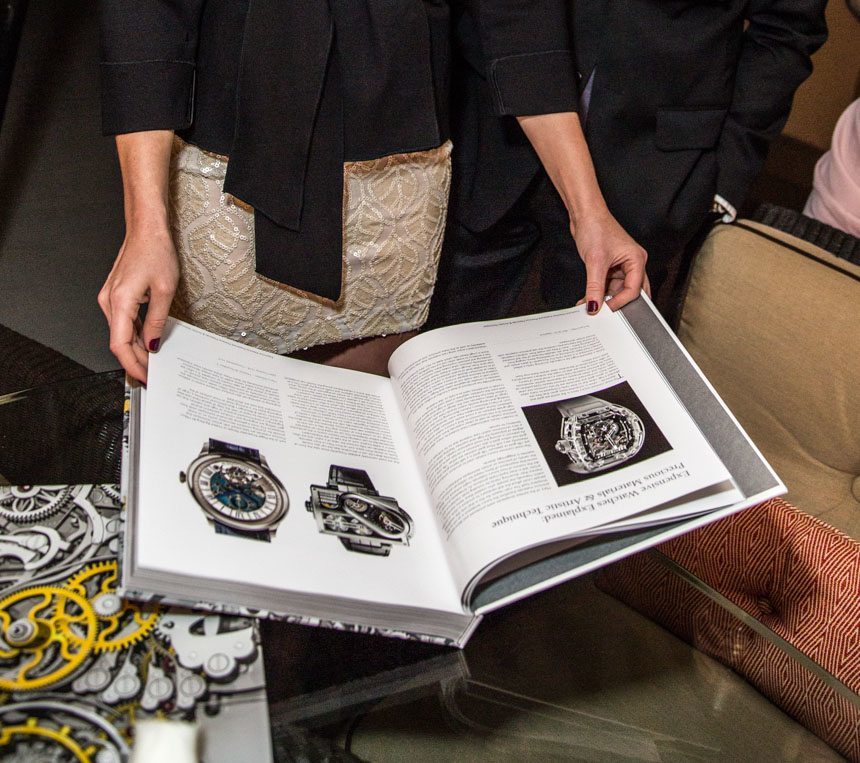
Before I discuss how you might determine if a watch price is worth it, let me share some primer material on wristwatch values to begin with. I actually discussed why watches are expensive back in 2010 on aBlogtoWatch here. A few years later, I wrote a book called “The World’s Most Expensive Watches.” Then, in 2017, I wrote a really popular article specifically on why Richard Mille watches are so expensive. Today, I attempt to tackle the more general question: “Is a watch worth the price?”
More than ever, I find it can be difficult for novices to watch collecting to answer these questions. One challenge is that certain watches are available for vastly different prices in different locations, and a lot of unscrupulous sellers often engage in “fishing tactics” by listing watches for high prices online in the attempt to see if someone is willing to pay a higher than market value price for them. I certainly want people to make money, but I also don’t want consumers to have to spend more than they need to on a luxury product. Collecting watches is expensive enough as it is, and my theory is that the more often buyers feel that they receive something of value after a purchase, the more likely they are to engage in future purchases. In other words, the data I have experienced suggests that when buyers end up paying too much for any given watch, they end up purchasing fewer watches over the life of their collecting hobby and, thus, contribute less to the market. Alternatively, buyers who routinely feel they receive good value end up buying more watches over the course of their hobby, and thus, over the long-term, contribute more to the watch hobby space than the companies that produce the products timepiece enthusiasts are interested in.
Watches are expensive products that require a high level of personal education and culture to first appreciate, let alone afford. Pricing isn’t standardized or regulated, for the most part. More so, because most of the people buying watches are considered stable and wealthy, there is a culture of caveat emptor (buyer beware) that surrounds the process of purchasing the products, which means buyers need to be careful about what they choose if they are concerned about overpaying.
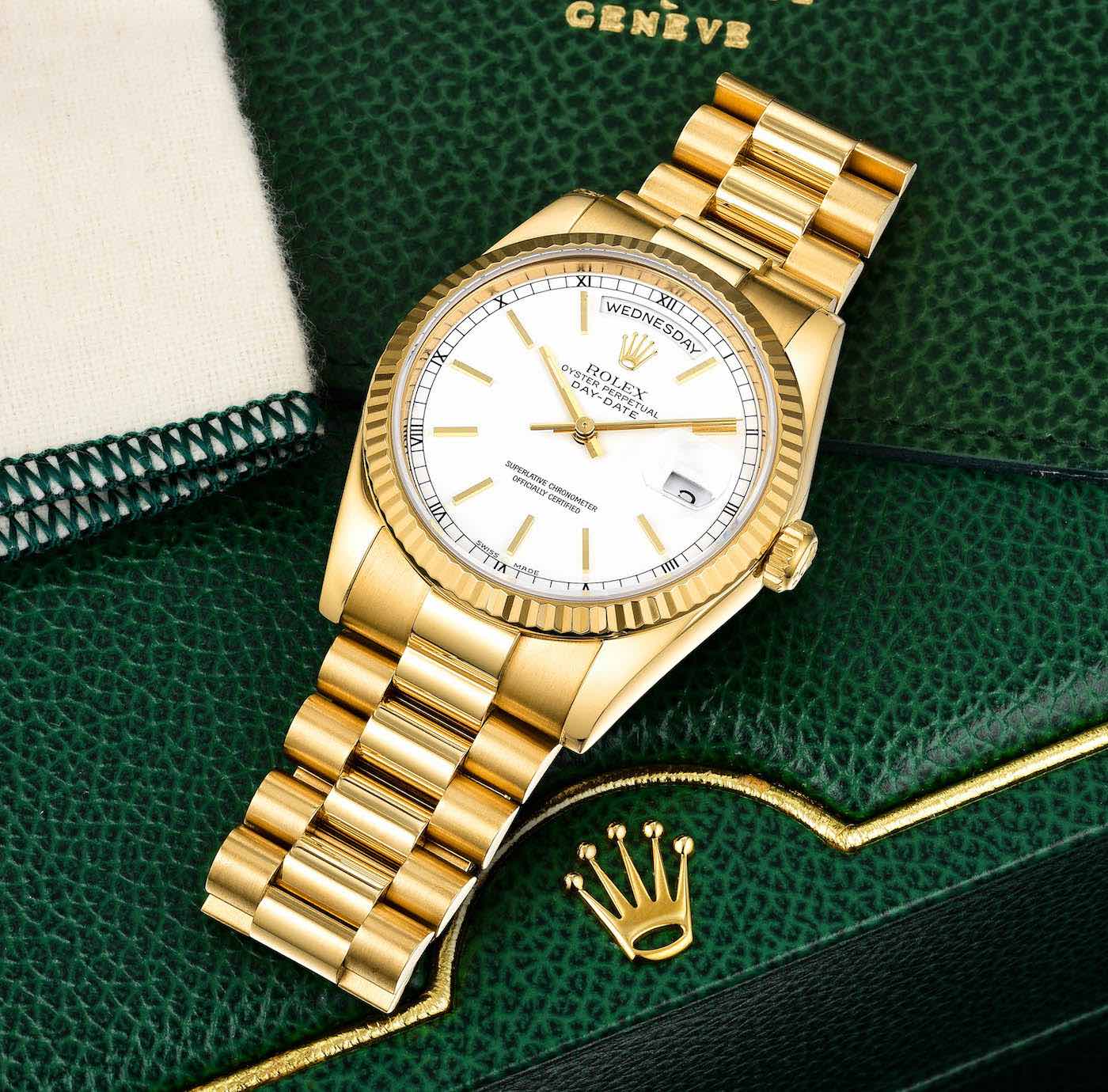
In an ideal world, people receive a high level of enduring, perceived value when they purchase a wristwatch. The factors below are designed to help you determine if a watch you are interested in is worth the price, or not. Let me say just one more thing before I get into it: Not all sources of value are monetary. This means that emotional value is often just as important as financial value. Two people looking at the same watch could easily apply a very different value to the “story” of the watch. Because these values are different, two people might have an entirely different price in mind when it comes to what that watch might be worth. This can come up and result in one person berating another person (think of your experiences on social media, for instance) for spending too much money on a watch that might very well be worth it to the buyer but has much less value to an onlooker. This is a major reason for conflict and hurt feelings between otherwise amenable folks. While it does require some discipline, I recommend that everyone carefully consider their words before suggesting someone else might have overpaid for something. You might be right, but you might also insult that person for placing a high value on something you do not.
Now, let’s talk about the reasons a watch might have value, and how to determine that for yourself. Most watches have multiple sources of value. If you are worried about price, it is your job to evaluate these criteria in order to make the final determination, “Is the asking price of the watch worth it to me?”
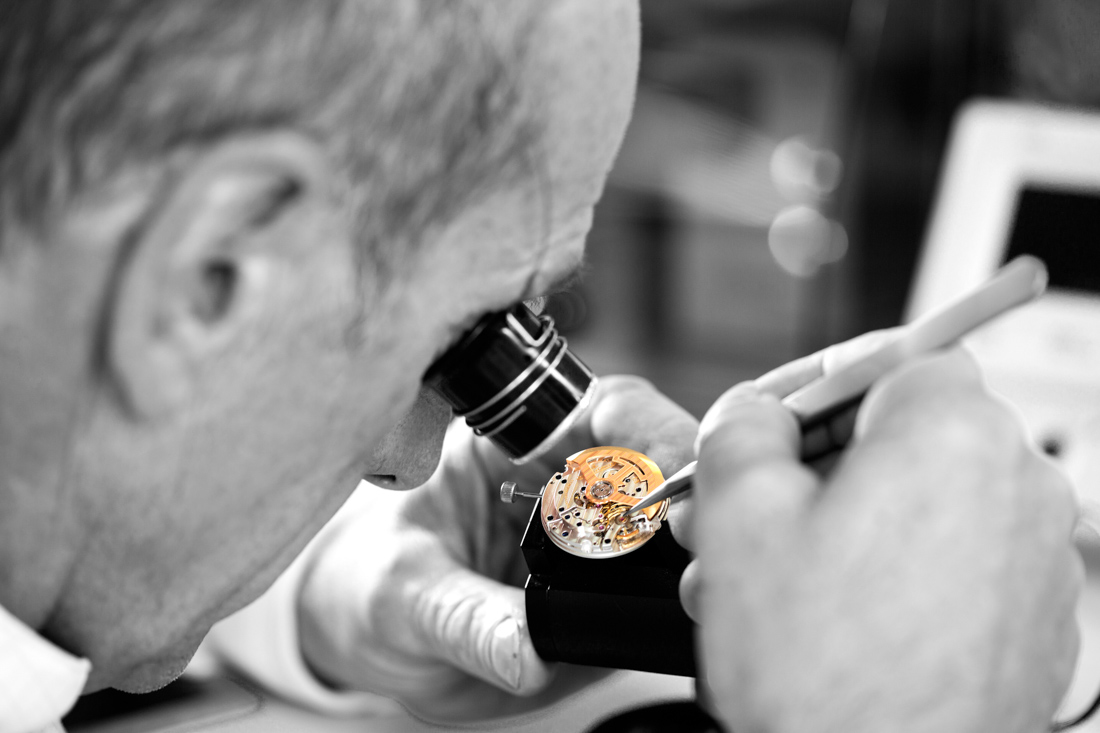
Reason For Value: The Watch Materials & Construction Are Expensive
To start, I am discussing the source of wristwatch value that is, by far, the most important to me. I often refer to this criteria as “high inherent value.” That means outside of a socially constructed reason (such as a story or association with something in culture) the product itself has a lot of value in terms of the materials it uses or the costs required to manufacture it. I like inherent value a lot because it takes a lot of the subjective element out of value. Rather, it is the actual cost of bringing the item into the world, which is the most important criterion when establishing wristwatch value.
Determining inherent value is hard, but that doesn’t stop enthusiasts from trying. Some things are easy to deduce. A watch with an 18k gold case is clearly going to have a higher inherent value than a watch in a steel case. Often, enthusiasts can even guess as to what other components such as the watch movement or strap might cost, and then they attempt to draw conclusions about the fairness of the retail price of the watch. This is a valiant effort, but it is rarely a scientific process because it involves too much guesswork unless you are very well-exposed to competitive information (as I happen to be).
I state the above to warn people that even though inherent value is the purest source of value a wristwatch can have, it is also the most difficult for the novice to wrap their mind around. That said, I think all consumers who can afford wristwatch prices are probably somewhat skilled in making personal determinations about how much inherent value a product they are interested in has. There are even brands with little or no marketing that only appeal to a small number of dedicated enthusiasts, specifically because their consumers like that the watches are priced very close to what they cost to make. Often, however, the brands we desire also have to spend a lot of money on marketing and advertising to have informed you, in the first place, that their products are worth your interest. Indeed, social popularity isn’t a form of inherent value, but it’s nevertheless one of the sources of value on this list.
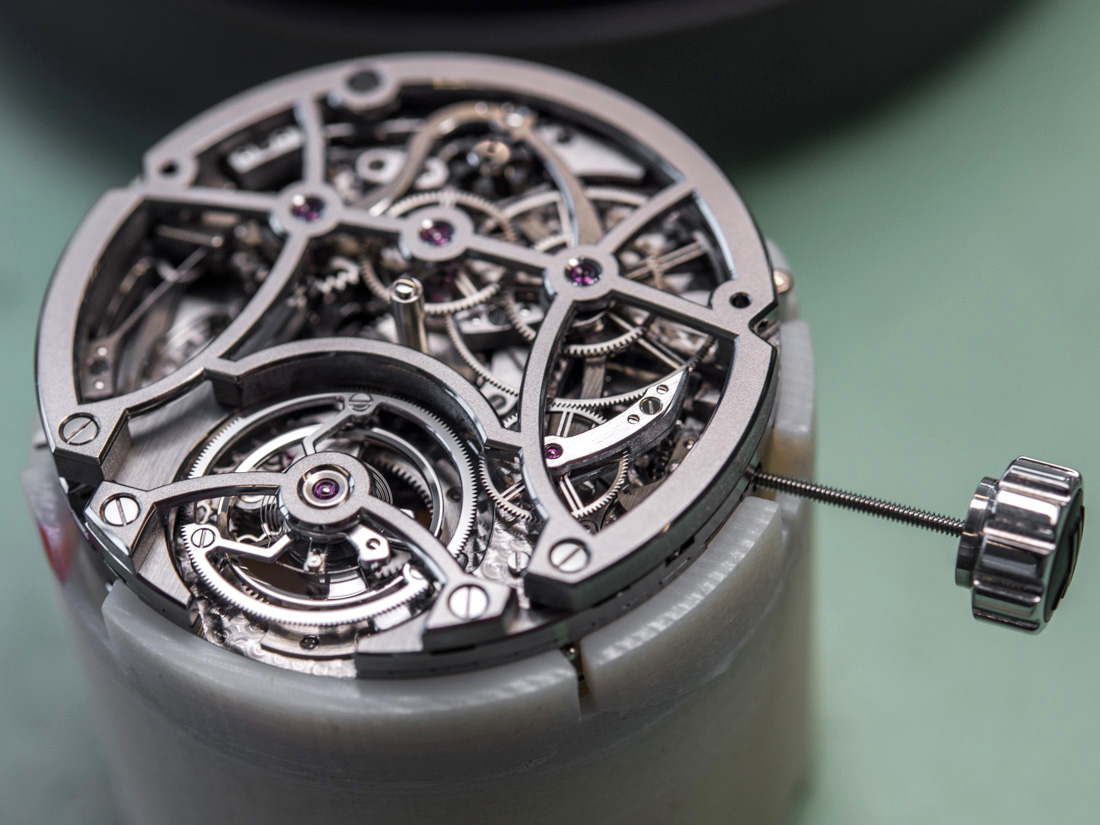
A lot of watch enthusiasts derive pleasure from gradually learning more about how watches are designed, manufactured, and assembled. The more you understand how much it should cost for certain types of watches, complications, materials, etc., the more competent your assessment of inherent value will be. You’ll find that the inherent value-to-price ratio is a very important determining factor for purchases among the most sophisticated of collectors — so, clearly, this criterion is very important to the world of collecting.
But high inherent value isn’t why most people purchase watches, to begin with. That’s really why the below factors are discussed. Consumers who buy luxury watches begin by being interested in a wristwatch for reasons normally entirely unrelated to inherent value. A great example is that a celebrity or famous person wore or is wearing the watch. This source of appeal has nothing to do with whether a watch is handmade or contains precious stones with inherent value.
When it comes to actually purchasing a watch, then inherent value comes into play. First, a consumer becomes romanced by the story (e.g. someone I admire and respect is wearing one), but before they actually purchase the product, they must be at least somewhat convinced that the asking price corresponds to the inherent value. So, rather than being the first thing you consider when making a decision about buying a watch, consider the inherent value of a watch right before you pull the purchase trigger.
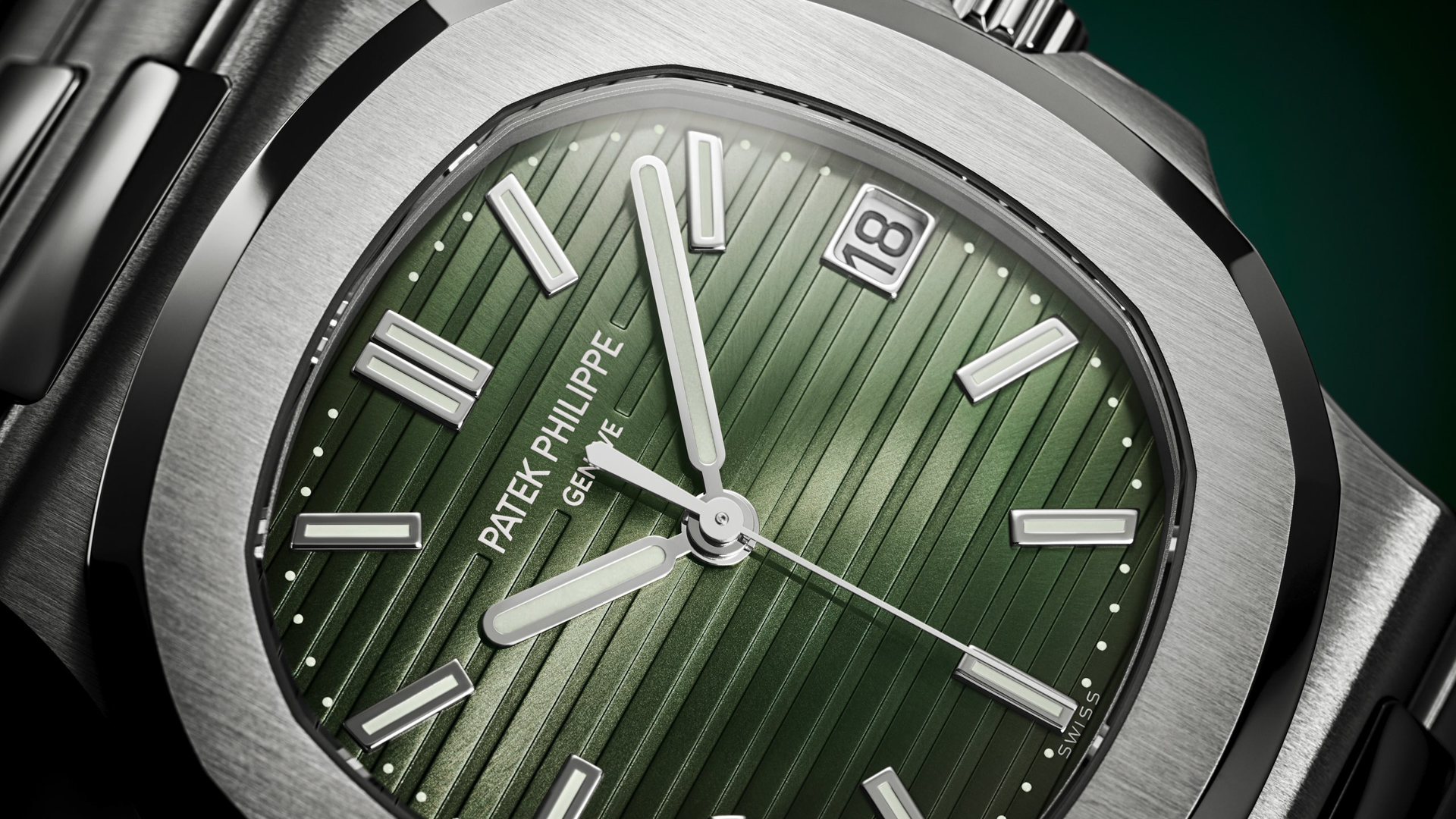
Reason For Value: The Watch Is Very Rare
The luxury watch industry likes to use the term “exclusive” to mean a lot of different things. What it often boils down to is a remark on the purported rarity of a watch or experience. An “exclusive watch” is one that is either hard-to-come-by or only available from a particular place for a particular type of buyer. Rare things in and of themselves aren’t more valuable, but it is undeniable that we humans seem to place more value on things that are uncommon.
There are a lot of ways in which a wristwatch can be actually rare, or simply marketed as rare. A perfect example is the “limited edition” designation, which is designed to tell consumers that only a small number of these items were ever made. Accordingly, consumers do tend to place higher value on an item if they feel like they are able to own something that someone else isn’t able to own. This is yet another dimension to how exclusivity can have emotional value — because of the sense of power that comes with having something that someone else does not.
Consumers can be easily manipulated into believing that a product is rarer than it actually is. The upside for marketers is that a consumer will spend a premium on a product that isn’t actually as exclusive as it is marketed to have. This can have poor downstream value to a consumer because that buyer can later learn something is less exclusive than they believed it to be, and they might have regrets about how much they spent on it. This happens in the real world all the time, and a perfect example is when brands overwhelm consumers with limited-edition watches. If something uncommon becomes, in effect, common, that thing loses its exclusivity and thus rarity value. Again, this is all psychological and based on the idea that power comes with owning something that someone else cannot. This is why I refer to criteria such as rarity to be sources of social versus inherent value.
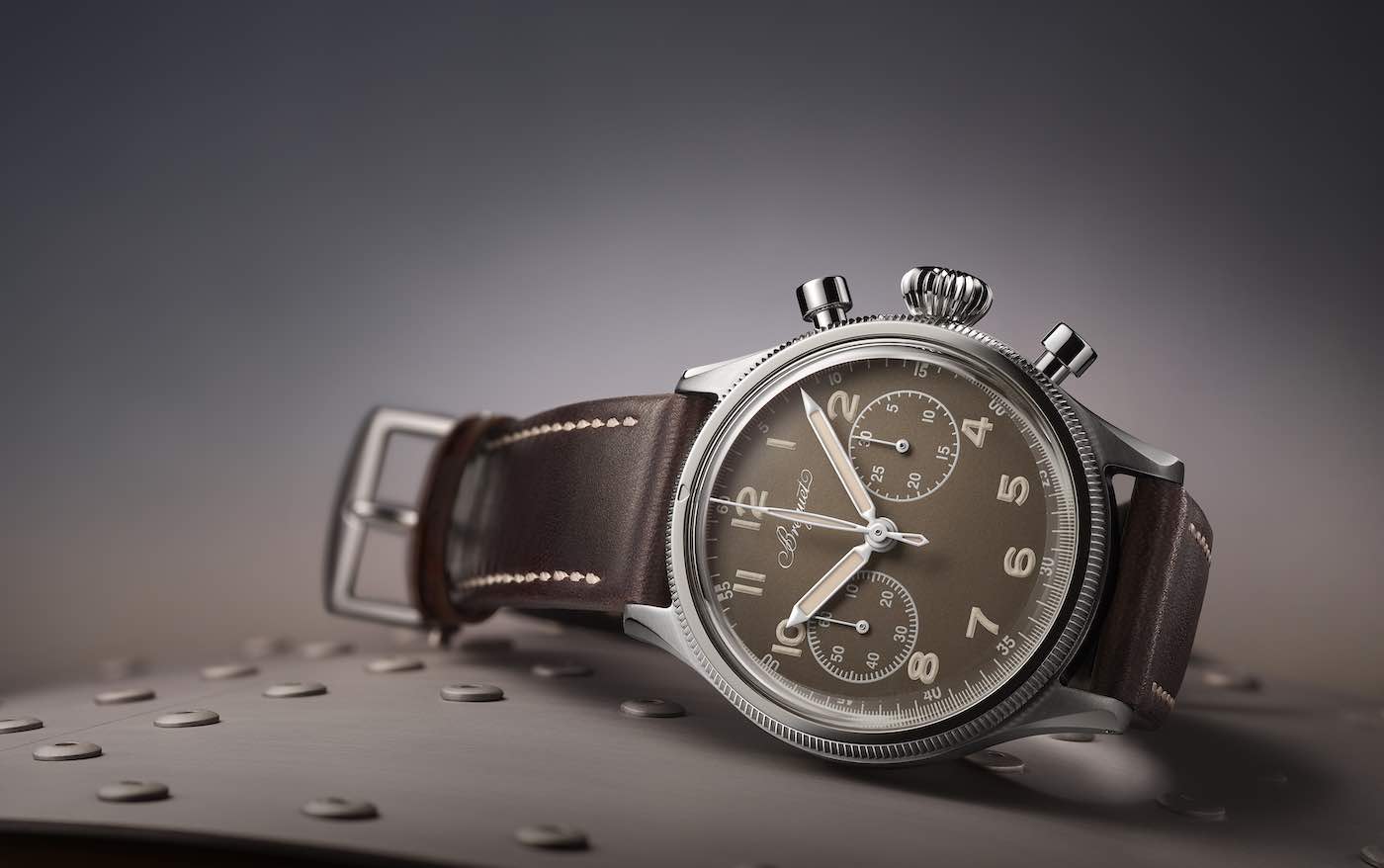
Rarity by itself isn’t enough to give a rare item value. There are plenty of rare items out there that are not valued for their rarity. This is because there aren’t enough people in the world who know about its rarity, so the owner is deprived of the power that comes from owning or doing something exclusive. If a watch is billed as being rare or exclusive, it is probably a good idea to make sure that it in fact is. Rarity in its best form comes when unique wristwatch comes up at auction. There is no other place to purchase the watch, and the value isn’t set by a marketer but rather what the community decides the rarity is worth. I love this pure test of rarity value, but it isn’t too common to see it in the market today (especially in the watch auction world where non-unique goods with existing market values attempt sale regularly).
Rarity can be an enjoyable form of value and is worth the price to the degree that other people out there understand the rarity and ideally hunger for the item too. Rarity can be easily manipulated, which is why consumers are wise to be critical when an item’s worth is tied to its sense of rarity.
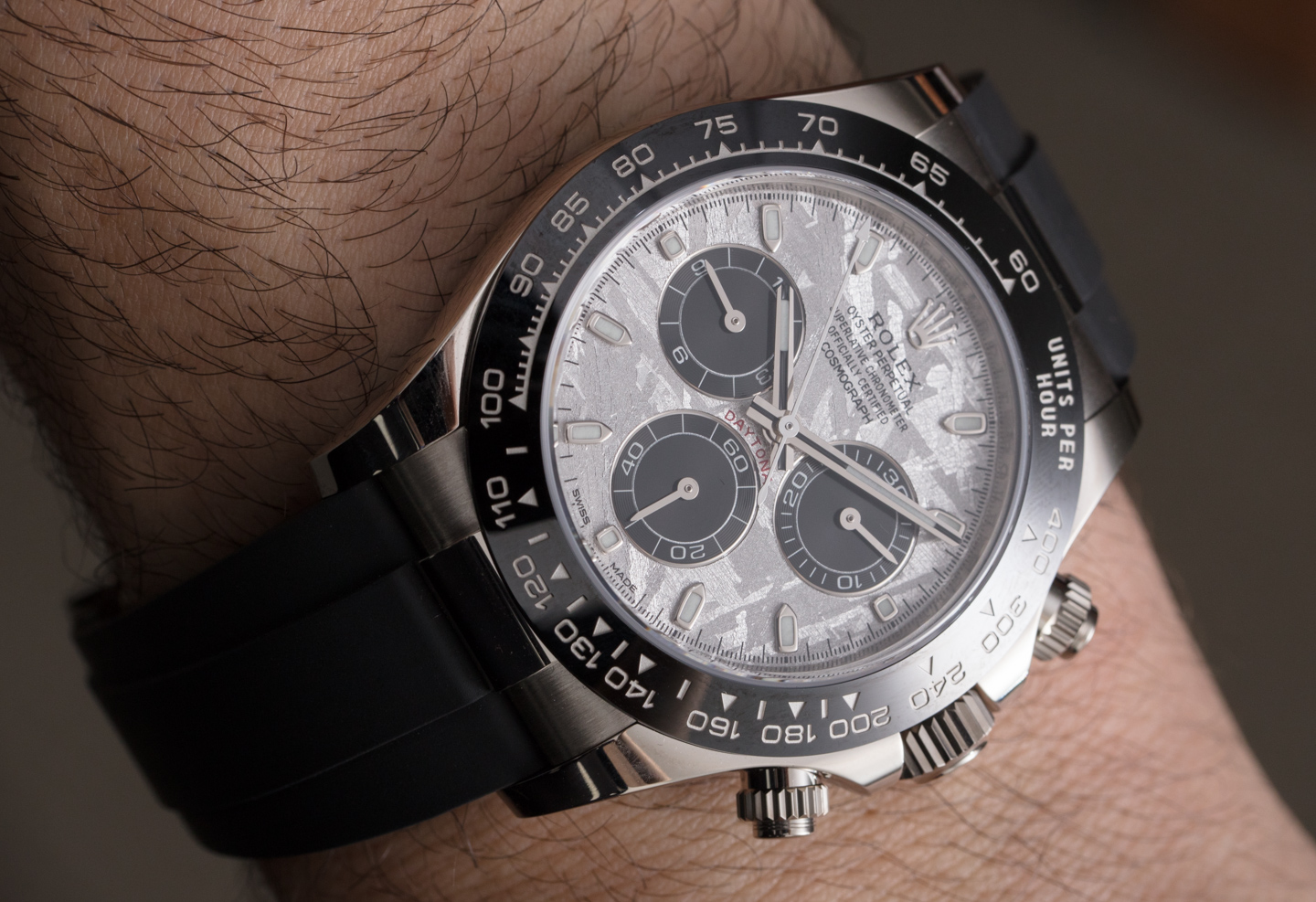
Reason For Value: The Watch Holds On To Its Price Or Increases In Value As A Tradable Good
Right in the middle of this list of reasons for wristwatch value is a source of value that has most permeated the collector zeitgeist these days. This is when people want to buy something because that item has a strong resale value, or in some instances might even go up in value. A culture obsessed with risk and investing has connected the world of financial assets with timepiece collecting, for better or worse. In any event, few timepiece enthusiasts purchase new watches without at least considering what the resale price of that item might be.
There are both good and bad reasons to consider this. Historically, the ability for a luxury good to hold monetary value after its purchase was not particularly important. Consumers purchased goods to use and enjoy, often assuming the high-value items will be passed down to heirs and only sold in the event of an emergency. This logic applied to one’s personal luxury watch, as well, and so very few consumers purchased watches on the basis of their future marketability.
When watch collecting became a more social hobby starting in the late 1990s, it became clear to most collectors that they could never have all the watches they might want. Trading and buying watches started to become common online and has since blossomed into a sub-industry unto itself. The predominant psychology in watch trading between enthusiasts began as a form of mutual favor exchange. What I mean is that watches were sold between each other in order to let someone else enjoy a watch you might be tired of. Any money you received from the sale would probably go into the purchase of another watch that you would enjoy and, perhaps, trade in the future. In exchange for collectors passing on watches to buyers at fair prices, they themselves would be offered a fair price when they sought to purchase a watch from a collector like them in the future. It was only a matter of time before dealers got in the mix and ultimately changed the economics and psychology of these nascent digitally-connected collector communities.
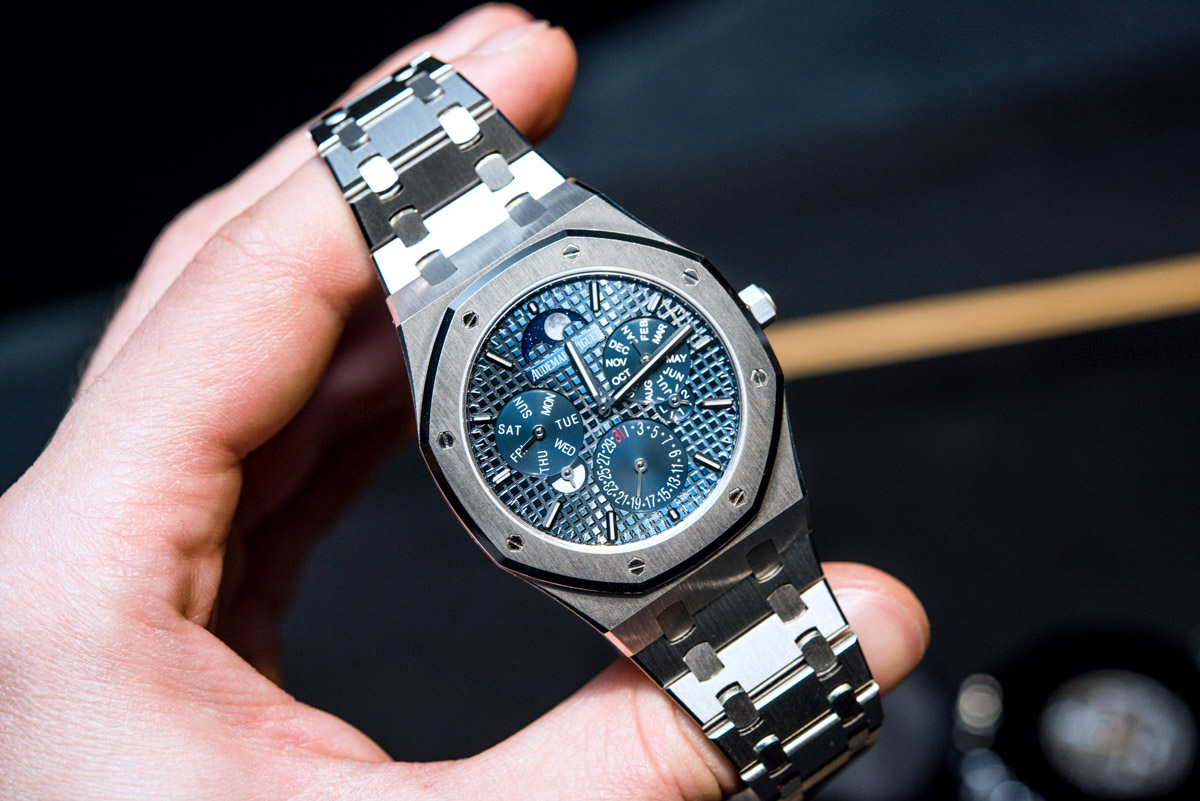
I mention the above backstory as a means of explaining the current watch market’s status quo, which is very different than the historic scenario I explained above. Today, watch enthusiasts are far more preoccupied with resale value than ever before, which is interesting because most of the people who purchase watches they feel will hold value don’t actually end up selling them and ever realizing that value. It would appear as though the perception that someone’s watch collection has a high value is more important than the collector actually experiencing that monetary value through a sale. People who purchase watches just to resell them aren’t timepiece enthusiasts, but rather they are dealers and scalpers. People who buy watches to own and wear them rarely resell their watches for a profit, and so, in today’s context, the notion of actual resale value has been conflated with the emotional desire to feel as though one’s monetary assets are worth a high amount.
Part of the watch industry’s dealer and collector culture right now is talking about wristwatches as though they are financial investments such as equities or other assets. They suggest a world where you buy watches to own until you find someone else who wants them more than you do – who is willing to pay more than you did on them (such as a stock share). They do this in order to both encourage the purchase of new watches for no other reason than because they might go up in value (they rarely do), as well as to encourage people to think of watches not as personal property, but as a sort of fungible asset you briefly hold onto before moving it on to someone else. There are merits to this model, and buying anything because it might go up in value can certainly be fun. That said, most experts will quickly tell you that watches make poor investments and that if you are buying a watch based on its future marketability, you aren’t really enjoying this hobby in a way that makes you a welcome member of the club.
I would never recommend that someone purchase a watch and be totally negligent of its future value or marketability. These days, however, there is a culture of hyper-obsessing about it to the point that perceived future marketability becomes the only reason to purchase a watch – and where many good watches aren’t purchased because they predictably lose market resale value after being worn on someone’s wrist for a period of time.
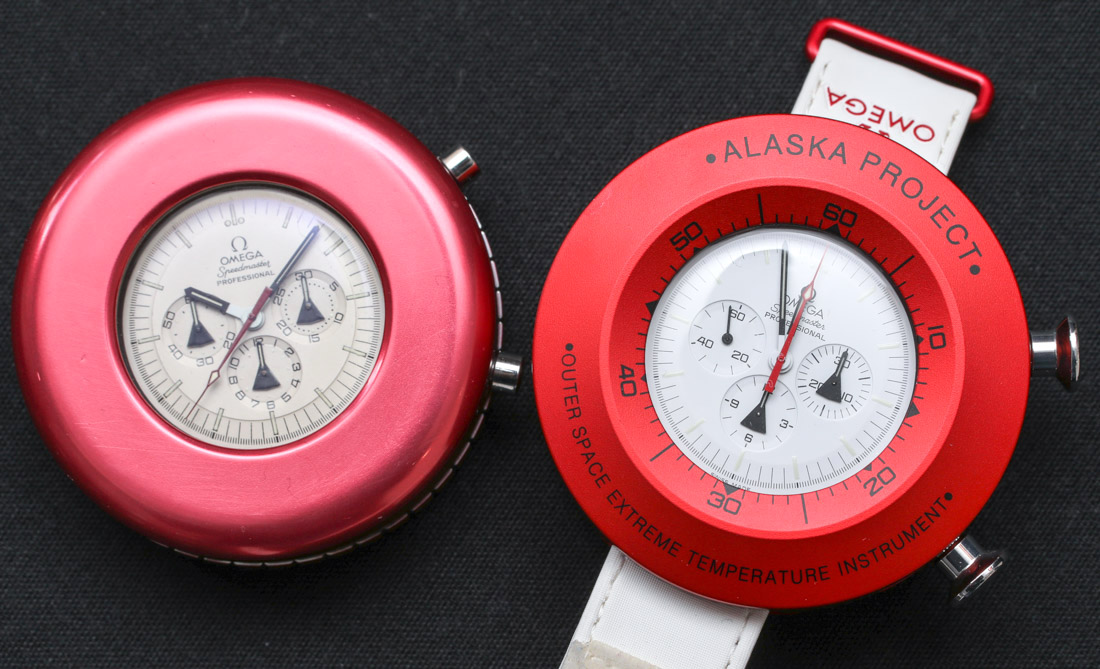
There are going to be those rare situations when you simply get lucky and a watch you get turns out to be hyper-popular and in-demand in the future. I’ve personally acquired a number of watches at retail price or less that have gone on to be so popular that people would be willing to pay me much more than I did for the watch. I’m not the common collector, nor have I actually sold any of those watches for those theoretical above-retail prices. I say this to confirm that, indeed, watches can appear to increase in value sometimes, but that it is so unpredictable and so uncommon that it should hardly be the reason for getting a timepiece in the first place.
I do sympathize with the romantic appeal that comes with the idea that you can make money simply by purchasing the right goods. What a consumer dream — you can make money just by spending money? It sounds too good to be true because it normally is. Much more satisfaction is earned by purchasing a watch people actually want to wear and own (i.e., a watch that they really like) versus because they want to later resell it. Making money by “investing” in watches is too risky for two reasons. First, the cost and effort to get the most desirable watches are high enough to make any potential returns seem marginal. Second, the rate at which anyone can predict which watches will be more valuable in the future probably isn’t that different from the winning ratio when betting on horses at races. It is just too speculative, in my opinion, to be worth the money.
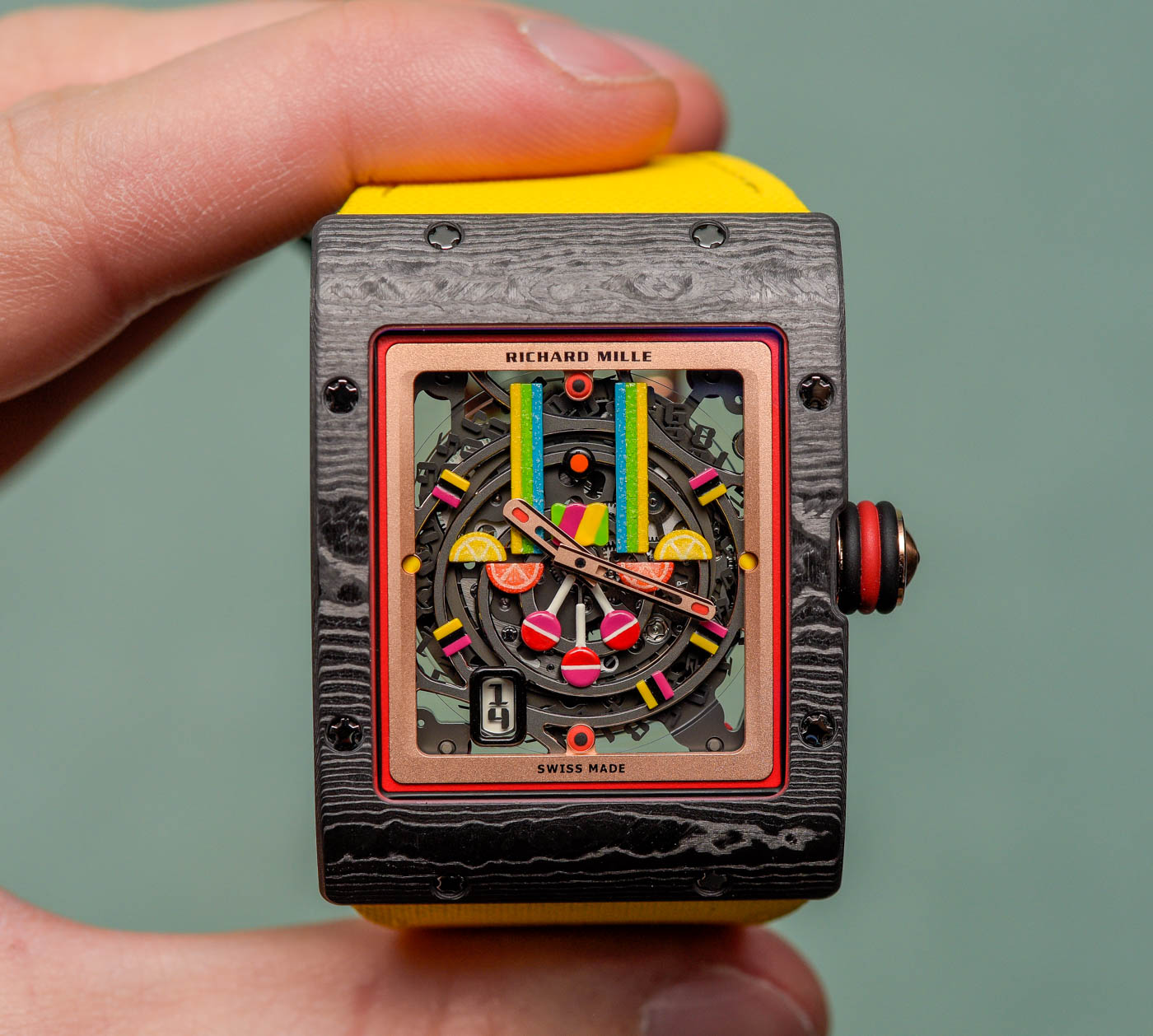
Reason For Value: Watch Has A Lot Fashion Or Expressive Appeal
People love to flex. And watches are a great way to do so, both in the real world and on social media. A watch worn on the wrist is so visible that its mere presence has value because it sends a message to anyone who notices it. We might call this particular reason for wristwatch retail prices their “fashion or show-off value,” and this socially derived value to watches comes in two very different forms.
The first form is actually the less common variant, and this is what I call artistic or expressive fashion appeal. In this instance, a watch is used to accessorize the wearer themselves and acts as a form of personal enhancement. What is important here is the precise look of the watch and how it acts to supplement or embellish the personality of the wearer. This is also best understood as the fashion value to watches – meaning that something about how they make the wearer look and how they make the viewers feel is the most important criteria behind them.
This form of a wristwatch’s artistic value is less common because it requires people who are both confident and educated. The idea is that they first need to understand the art of the watch, and then they need to select what they feel connects to their personality or the message they are trying to send. For the artistic value to be strongest, the watch itself must help the wearer to appear as original and unique as possible. A generic watch would not have enough intrigue or interest to best enhance the wearer. So, people who wear watches for their fashion artistic value are seeking to don timepieces that they feel are unique, just as they are, as people. A watch that particularly communicates something you, as a wearer, want to say, has a source of value. The more precisely a watch communicates that message or enhances the wearer, the more value it will be perceived to have.
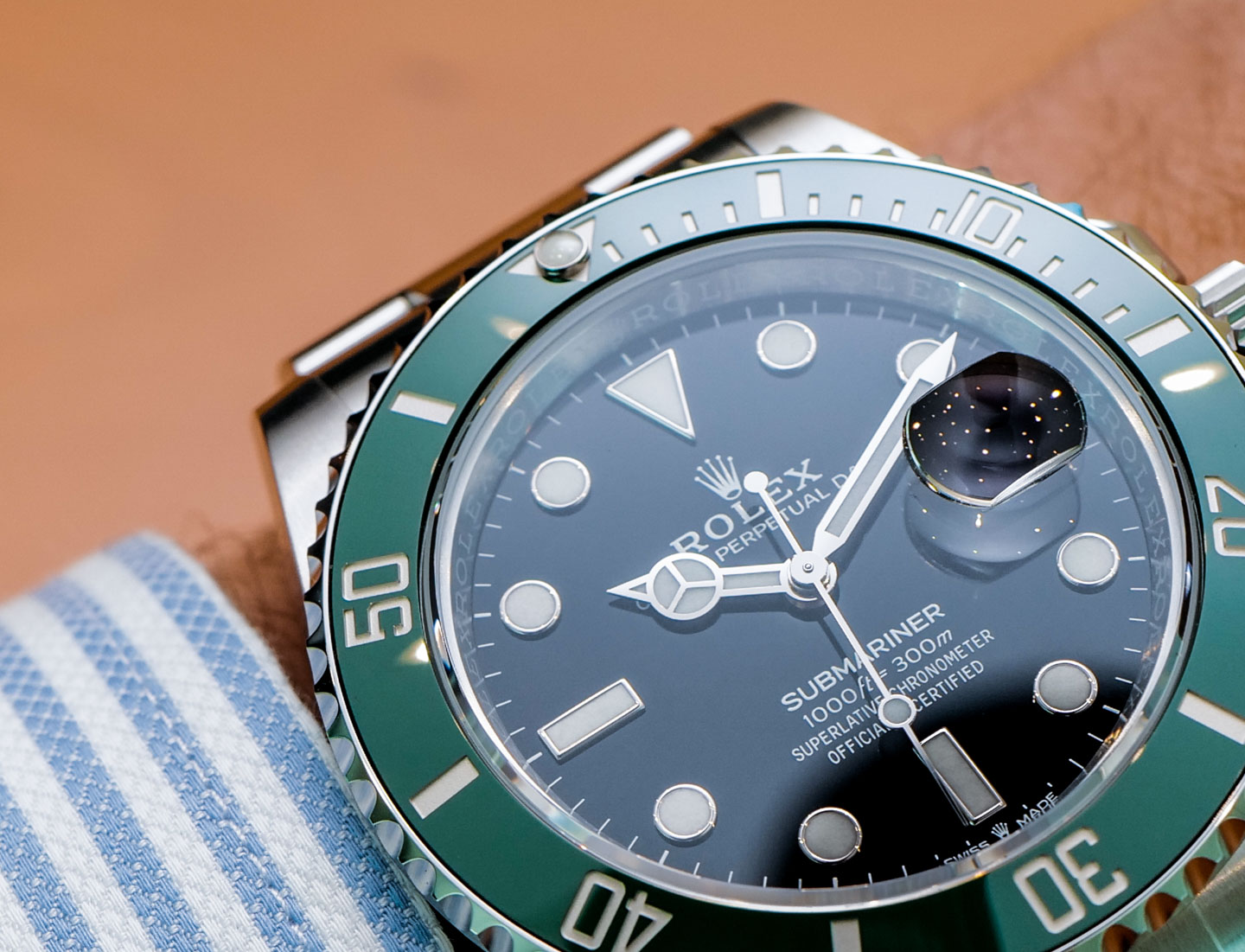
A question I like to pose to people is, “Are you wearing your watch, or is your watch wearing you?” People in the above instance are always wearing their watches. People who fit into the next category tend to be those whose watch is wearing them. A Rolex timepiece is an excellent example. While there are a lot of very good reasons to choose a Rolex timepiece for their story and inherent value, more people in the world simply know Rolex as a maker of expensive, exclusive items for society’s winners. How does this affect the wearing experience and the reason for a watch’s value?
People who wear popular luxury goods, like many Rolex products, do so out of a form of efficiency. While the cost for these products might be high, the value associated with the wearer of that item is sometimes just as high. If people notice the Rolex on your wrist before they notice you, then your watch might be wearing you and not vice versa. That’s not always a bad thing. A lot of people are very interested in demonstrating their wealth or success in social contexts. People in the above category have to engage in the complex task of styling their clothing and wristwatches to match their unique personalities. That takes effort and work. People who wear a Rolex don’t need to think as much. Just wearing the Rolex (because it is such a known commodity) is often enough to convey a strong message about personal status. Hence the efficiency of wearing a product like a Rolex (other well-known status conveying timepiece) when you simply want to make a strong impression about your station in life.
Most of the time, people who purchase watches for their expressive value blend a combination of the above two factors. People want to appear to have both taste and distinction, so they choose watches that tend to look expensive but also at least a little different than their idea of what might otherwise be a generic look. Depending on the person (and the watch), the desired outcome of wearing a timepiece for its expressive value might be a subtle enhancement of their character and lifestyle, or it might be an over “flex” demonstrating that the wearer has something exclusive which many other people (or no people) can also have. While not always polite, this messaging power has value and is a common criterion people use when determining if the price of a watch is worth it to them.
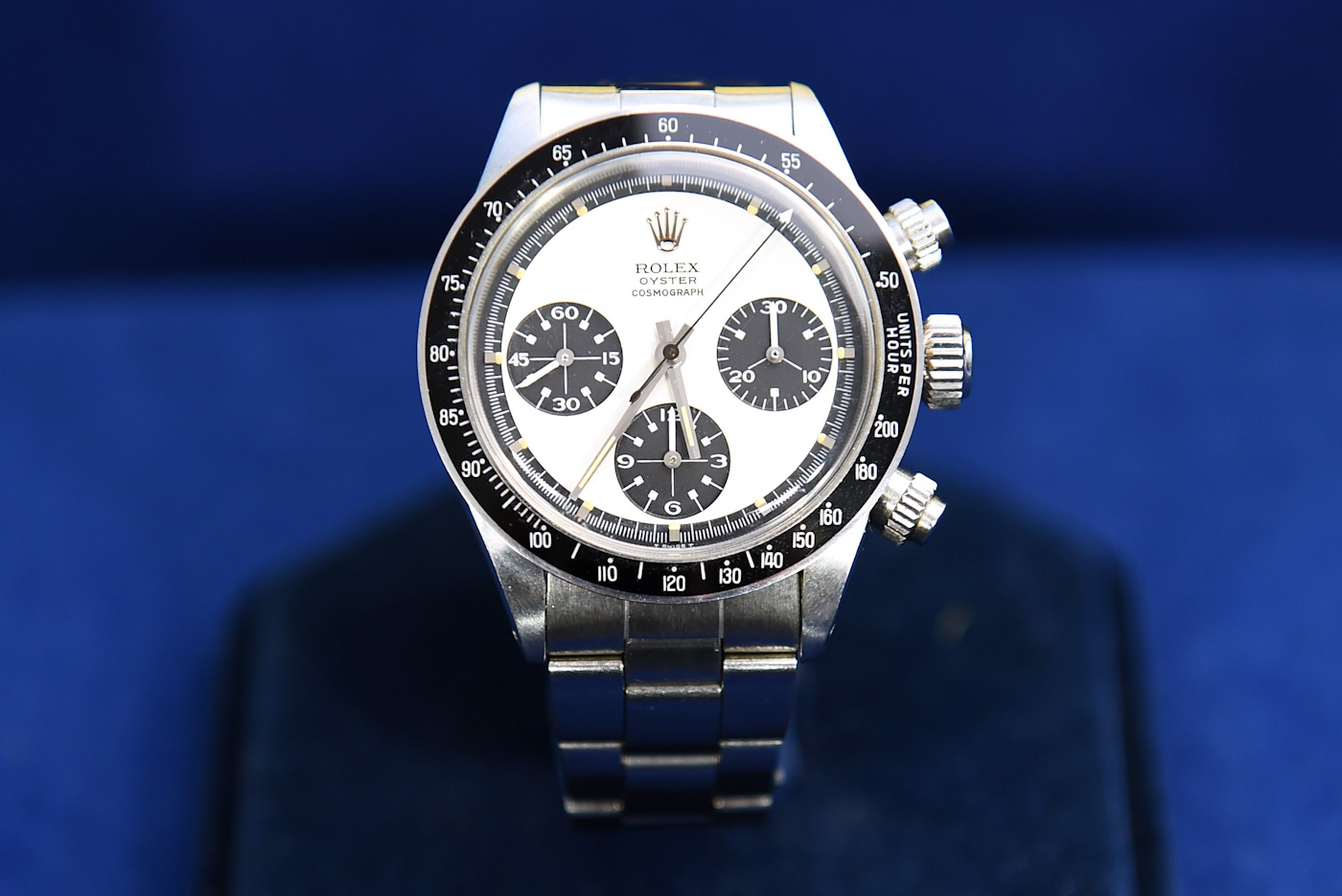
Reason For Value: Watch Is Connected To History Or A Story That Means Something To You
Story value is probably the most important source of cost value for wristwatches in our modern era. I say this because in different eras, the most important source of value for a wristwatch was its functionality/utility value. (Notice that I didn’t even put that criterion on this list because it simply isn’t something to consider anymore.) If you want a reliable and accurate timepiece on your wrist you really need not spend more than 10 or 20 dollars. Nearly no one purchases a high-end or collectible wristwatch because of some needed function the timepiece performs for them.
When watches with high functional value are purchased it is usually because the owner enjoys the story about what the watch is designed to do and the types of situations that would merit such use. Rarely does the wearer engage deeper with such stories beyond merely imagining their participation in them. Excellent examples are the number of professional diver’s watches worn by people who have never taken those timepieces into the water, or the number of military pilot watches worn by people who have never even been to an army base. These are instances of people wearing a story, and deriving the emotional pleasure that comes with wearing a product that reminds you of a story.
Stories that can be connected to watches come in nearly endless forms. Stories can vary from things such as, “This watch is the first chronograph ever made” to “That color blue reminds me of my childhood.” Watches are interesting because in our society, they are objects which contain sentimental value as much as they do utility value. Memories or stories must first be established, and then connected to a watch either through marketing or personal experience. Classic examples include when someone personally engraves a message on the back of a watch to commemorate a personal occasion. Now that watch is linked to the memory of that personal occasion, even if the watch itself has no other connection with that experience or occasion.
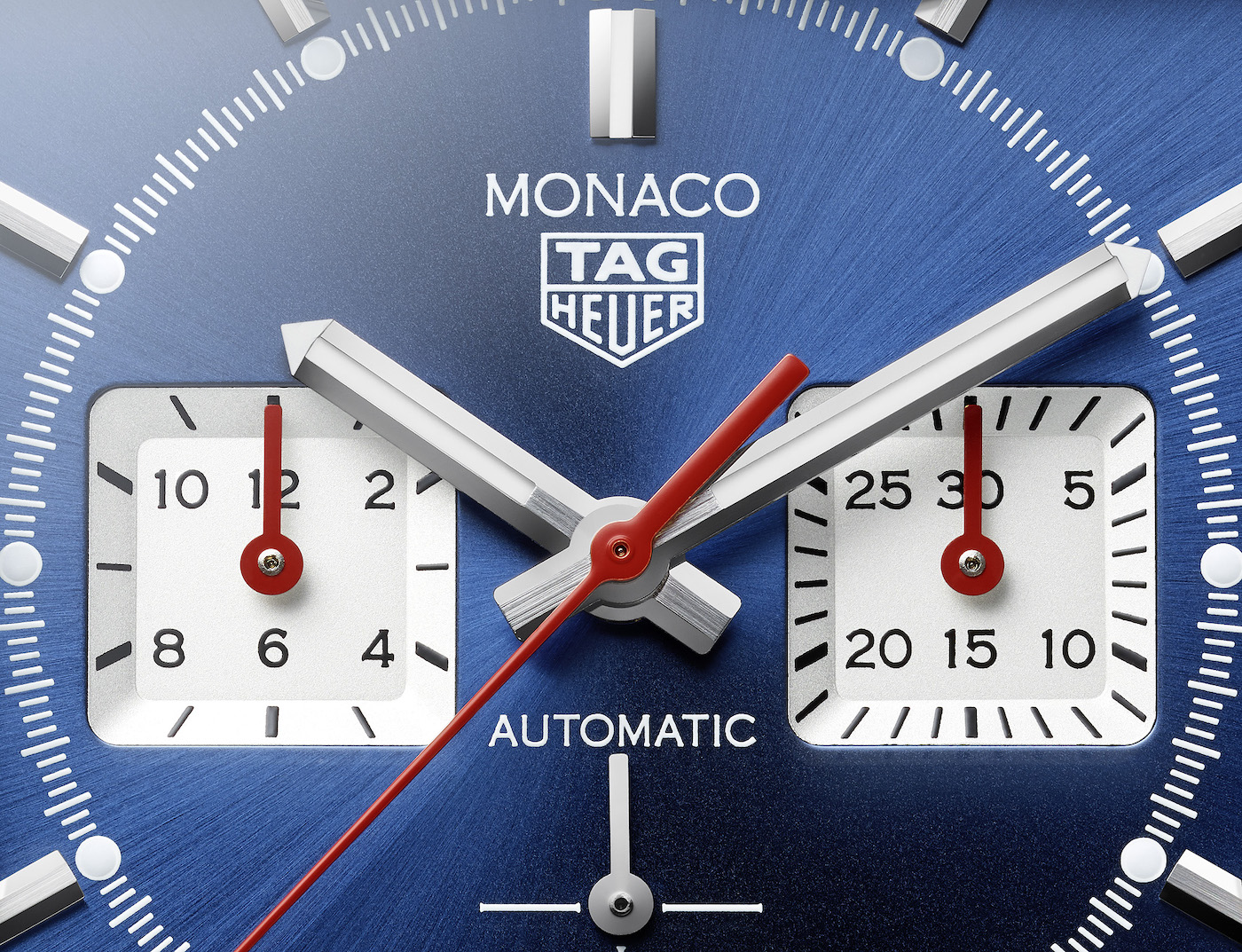
We see something similar with watches owned by famous celebrities. The same watch without celebrity ownership would be worth little. With celebrity ownership, the watch + story of the famous person wearing it results in a much higher sense of socially-derived value. How do you determine how much value such stories bestow upon any given wristwatch?
I’ve heard of people going to extreme lengths (and costs) to replace or repair otherwise non-interesting timepieces that were owned by a cherished family member or that lived on their wrist during a particularly emotional part of their lives. Most people viewing this behavior from the side would ask, “Why don’t they just get a different watch?” To the owner in this situation, a watch isn’t the point. What is important is the associated memory and sentiment connected to the watch that can only be experienced by viewing and touching that particular item. Again, this could be a pair of shoes or a car just as readily as it could be a wristwatch when it comes to sentimental attachment. It is however very popular that the very personal nature of watches allows them to be so highly valued when meaningful stories and histories are connected to them.
To determine the value of a story and a watch connected to it, one must simply consider the replacement cost of the memory as well as the popularity of the story. A watch with an amazing story that no one else knows about might have limited monetary value outside of a small group of aware people. More so, a watch associated with a celebrity might now be worth the price if something else also associated with that celebrity might be purchased for a lot less. Or alternatively, the value of a watch you wore on vacation might be more than simply having another vacation with a different watch. Clearly, the calculus will vary depending on a number of variables, but I want to give people some framework to use in order to make a determination of how valuable the story associated with any particular watch might be.
The richness of how much emotion can be packed into a wristwatch means that their ability to harness valuable stories of all kinds will be a deciding factor for many buyers. Even a timepiece that merely reminds you of something you enjoyed as a kid can be a reason to splurge on a purchase. What is important is that buyers consider how hard it would be to get something else with a similar memory, as well as how meaningful that story might be to other people out there.
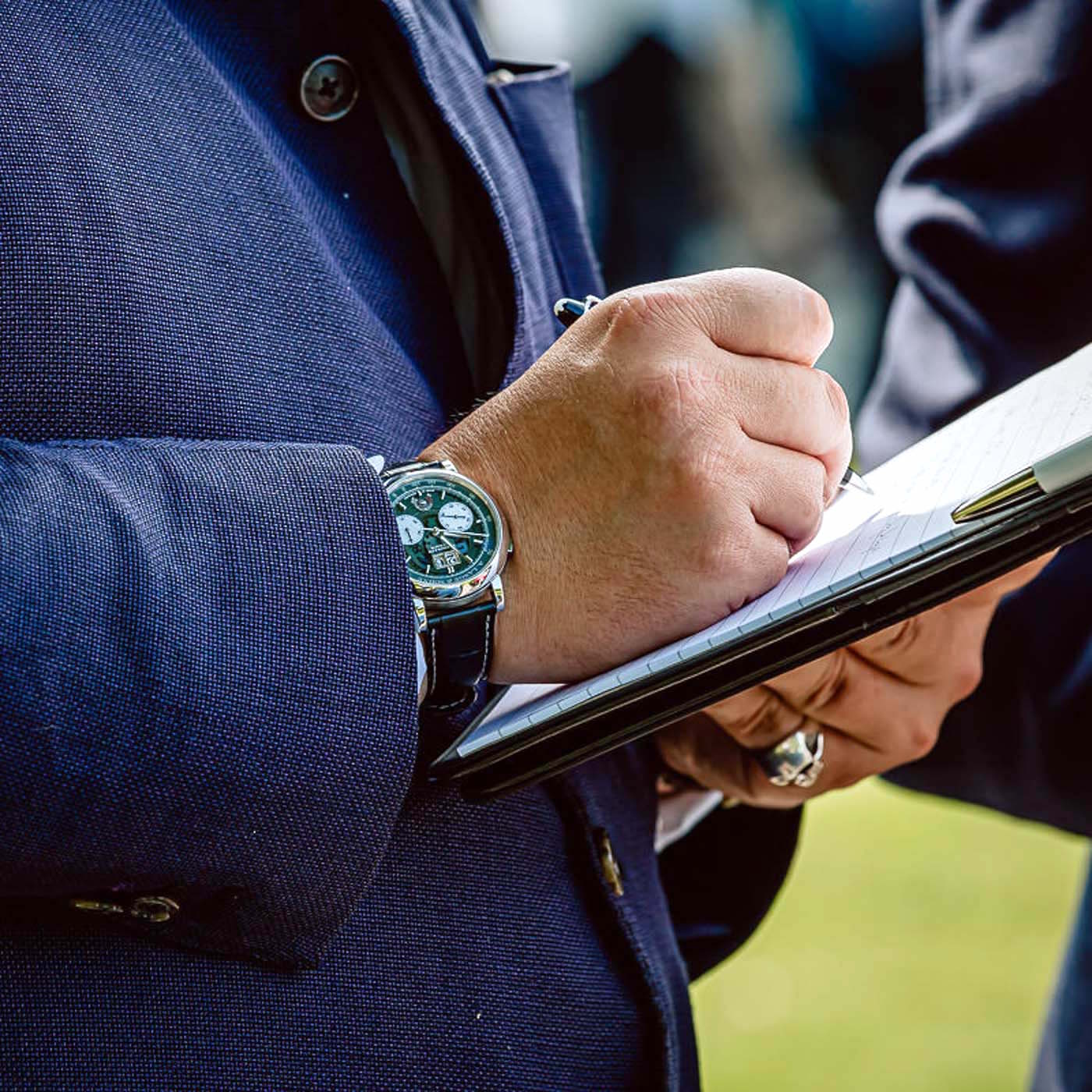
Using This Information To Determine If A Watch Is Valuable To You
Now that you understand this article is not a market value appraisal guide for wristwatches, what tools are being offered to help you make future timepiece purchase decisions? My hope is that after reading this guide, watch enthusiasts will be in a better position to ask themselves, “Is the price worth it?” when viewing the published cost of any new, used, or historic timepiece
Published prices don’t really mean anything on the Internet (vendors can put whatever prices they like, without limit), and the concept of “market value” is actually quite fluid without their being any real authorities on the matter. MSRPs are the closest thing we have to stable market values, but even then, the prices associated with new watches can vary wildly between even seemingly similar products. The reality is that each buyer of a watch must come to a very personal decision about whether or not a wristwatch is worth the price. What makes this even more challenging is that there will never be any consensus on what prices should be given that tastes and preferences vary too much among consumers.
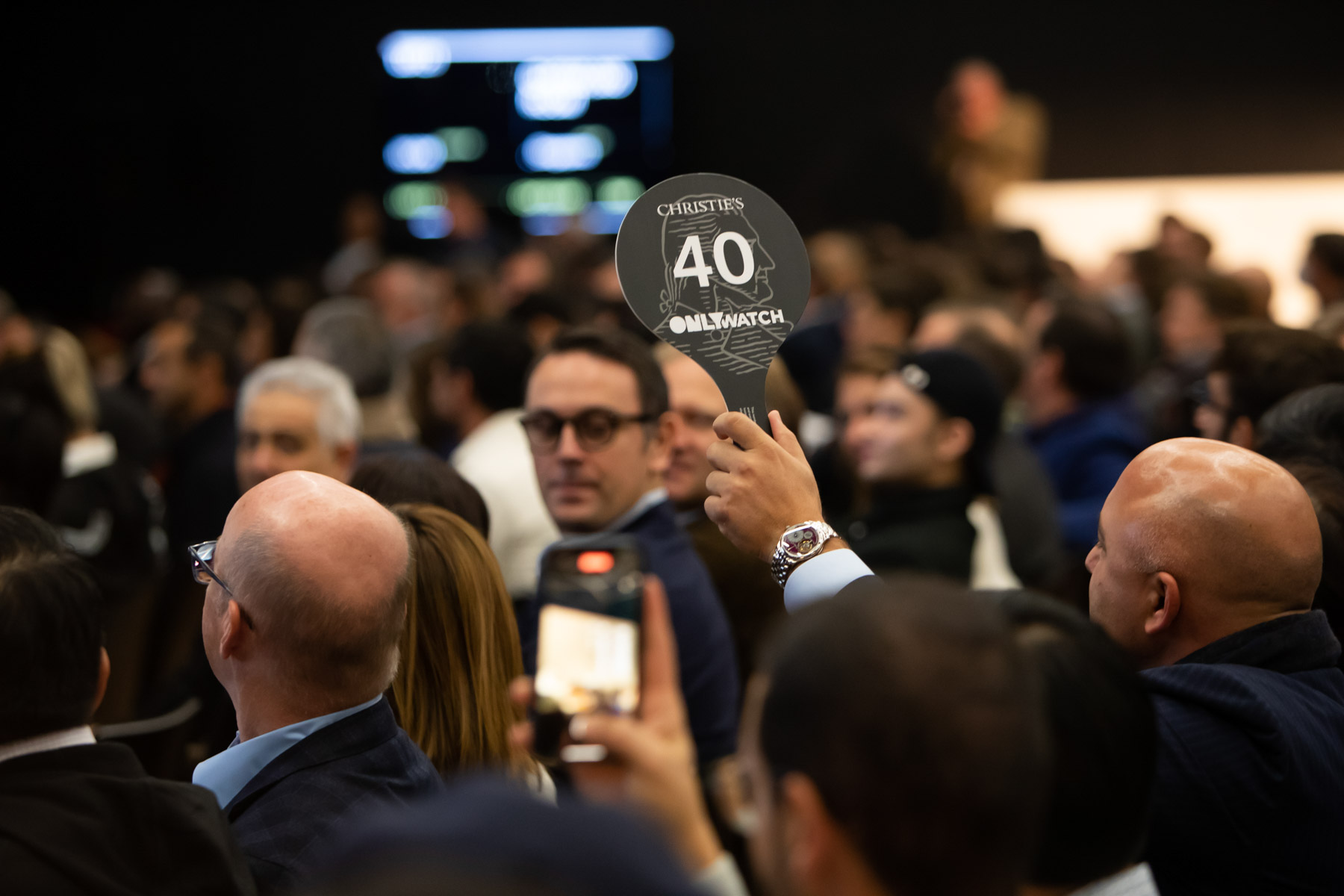
In other words, wristwatch pricing isn’t always what it seems and, at times, can be highly subjective. There are entirely appropriate instances where someone is willing to pay $500 for something while another person is willing to spend $5000 on it. Both of them are correct in their own ways. Crucial to using this guide is to remember the basic notion that the less money you waste per wristwatch transaction, the more likely you are to happily purchase additional watches in the future. Therefore, if you want to prolong and enhance your time as a watch collector, you should approach asking questions about value in an open-minded way. At times you’ll find that particular asking prices are too high for you, and other times you’ll wonder why you are getting such a good deal.
In summary, the way to use this guide is to evaluate the price of any watch you are interested in with each of the criteria on the list. Ask yourself if the asking price corresponds to your personal assessment of the various factors such as inherent value or rarity. Through this process, you can determine if you need more information to truly understand the price being asked or if a watch actually seems to have more subjective value than you initially realized. Happy watch buying everyone…

